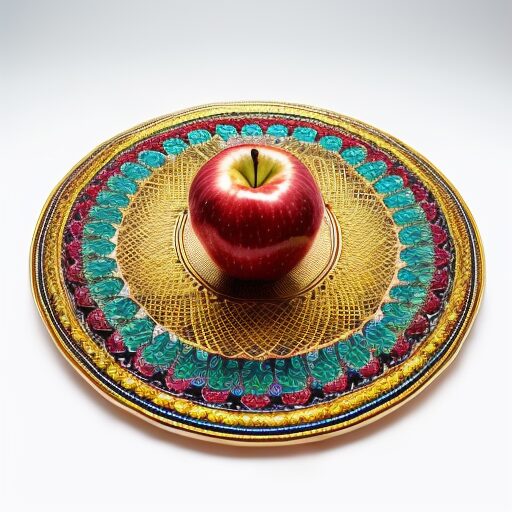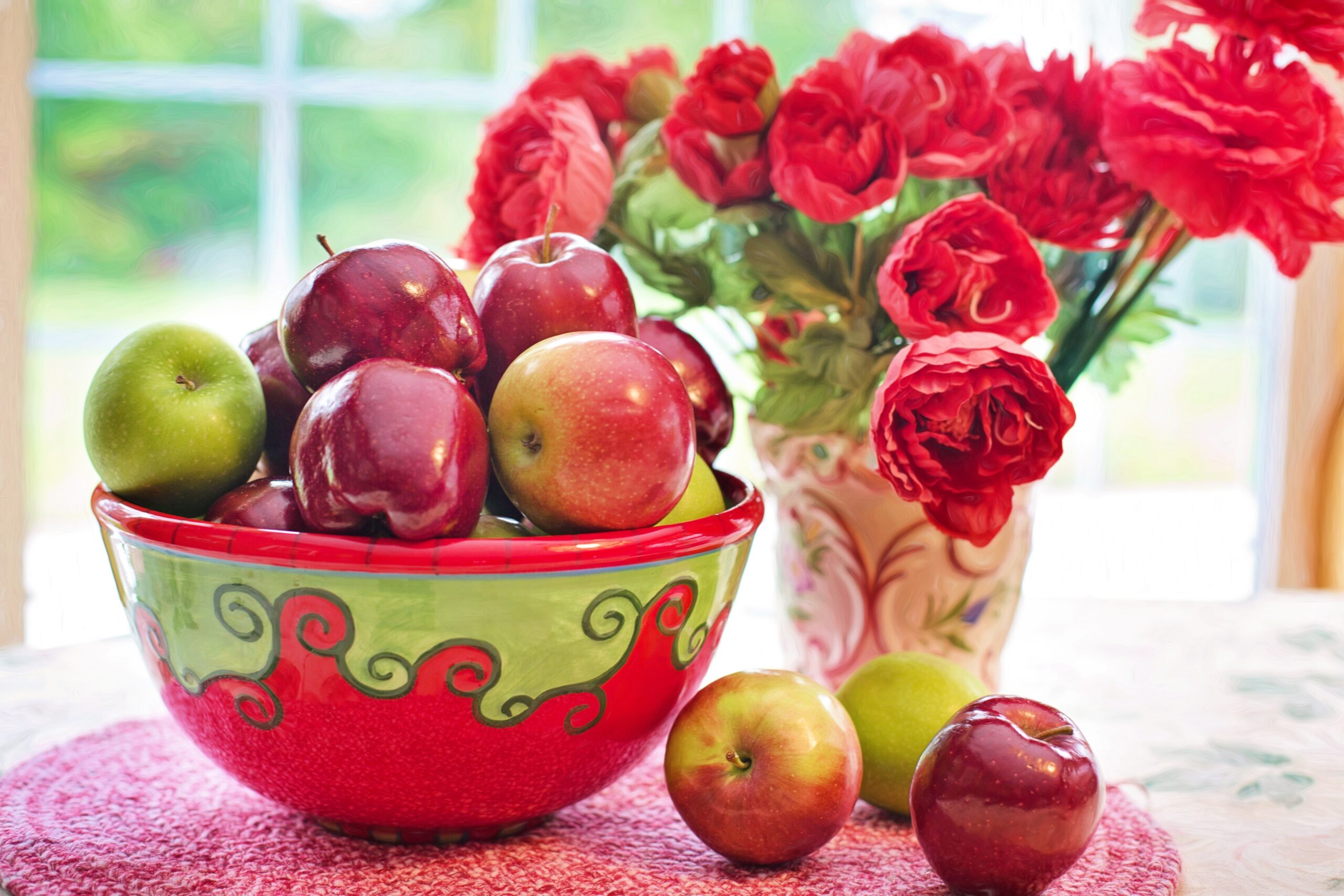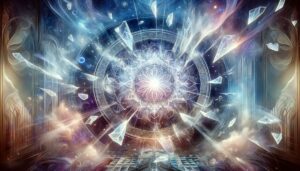Dreams, in the expansive realm of Jungian psychology, serve as portals to the unconscious, laden with symbols that beckon exploration. One such enigmatic symbol, the apple, unfolds a narrative rich in archetypal depth and psychological significance. In this post, we embark on a Jungian odyssey, navigating the labyrinthine corridors of the psyche to unravel the profound meanings encapsulated in the act of eating an apple within the dream landscape.
Archetypal Wholeness and the Mandala:
At the heart of Jungian thought lies the concept of archetypes, universal symbols embedded in the collective unconscious. The apple, with its timeless allure, emerges as a vessel of archetypal wholeness. Its circular form, mirroring the mandala, invokes a sense of unity and completeness. Consuming the apple, therefore, becomes a symbolic journey toward integration, a quest for the elusive state of self-completeness that Jung termed individuation.
As we traverse the dream’s landscape, the act of eating the apple unfolds as a ritualistic dance with the archetype of wholeness. Each bite becomes a step toward a more unified self, a realization that echoes through the depths of the unconscious.

Integration of Opposites:
Jung posited that the individuation process involves the integration of opposites, a delicate dance between light and shadow within the psyche. In the dream’s tableau, the apple becomes the alchemical elixir, blending the opposing forces that dwell within. The sweet and the tart, the red and the green—the dichotomies inherent in the apple mirror the delicate equilibrium sought in the integration of the unconscious.
Eating the apple becomes a symbolic act of embracing the totality of one’s being, recognizing and assimilating the contradictions that define human existence. The dreamer, in consuming the apple, partakes in a sacred communion with the duality that resides within, a profound step toward achieving inner harmony.
Anima/Animus Dynamics:
Jung’s exploration of the anima (the feminine aspect within males) and animus (the masculine aspect within females) finds resonance in the dream’s narrative. The apple, as a symbol of the anima or animus, becomes an icon of inner reconciliation. The dreamer, through the act of eating the apple, engages in a sacred union with these archetypal aspects, forging a harmonious relationship with the inner feminine or masculine.
The apple, in its symbolic duality of sweetness and tartness, encapsulates the dance of the anima and animus, inviting the dreamer to confront and integrate these fundamental aspects of the unconscious. The dream, therefore, unfolds as a sacred rite of passage—a journey into the depths of the soul where the anima and animus intertwine.

The Shadowy Orchards:
In the orchards of the unconscious, the apple takes on a shadowy hue, embodying the darker facets of the psyche. Jung’s concept of the shadow, the repressed and hidden aspects of the self, finds expression in the dream’s consumption of the apple. The dreamer, in partaking of the forbidden fruit, confronts the shadow, bringing it into the light of conscious awareness.
The apple, with its dual nature of nourishment and temptation, becomes a symbolic bridge to the shadow realms. The dreamer, through the act of eating the apple, ventures into the shadowy orchards of the unconscious, a courageous exploration that is essential for the individuation process.
The Symbolic Alchemy of Transformation:
Jungian psychology often draws parallels with alchemical processes, viewing the psyche as an alchemical vessel wherein transformation occurs. The act of eating the apple in the dream becomes an alchemical transmutation—an inner metamorphosis where base elements are refined into gold.
As the dreamer consumes the apple, the alchemical crucible of the psyche is ignited. The apple, with its transformative essence, serves as the catalyst for a profound metamorphosis. Each morsel represents a symbolic distillation, purifying the elements of the unconscious and transmuting them into the gold of self-realization.

Conclusion:
In the kaleidoscopic landscape of the dream, the apple emerges as a multifaceted symbol, weaving together threads of archetypal wholeness, the integration of opposites, anima/animus dynamics, shadowy confrontations, and alchemical transformations. Jung’s psychological tapestry, intricately woven with symbols and archetypes, finds vibrant expression in the dreamer’s journey through the orchards of the unconscious.
The dream, a sacred odyssey into the depths of the psyche, invites the dreamer to partake in the symbolic feast of the apple—a feast laden with meaning and significance. As the dreamer consumes the apple, a subtle alchemy unfolds, forging a path toward individuation, self-discovery, and the profound integration of the myriad elements that comprise the human soul. The apple, in its timeless allure, becomes a luminous guide through the labyrinthine corridors of the unconscious, offering glimpses of the profound mysteries that lie within.







0 Comments